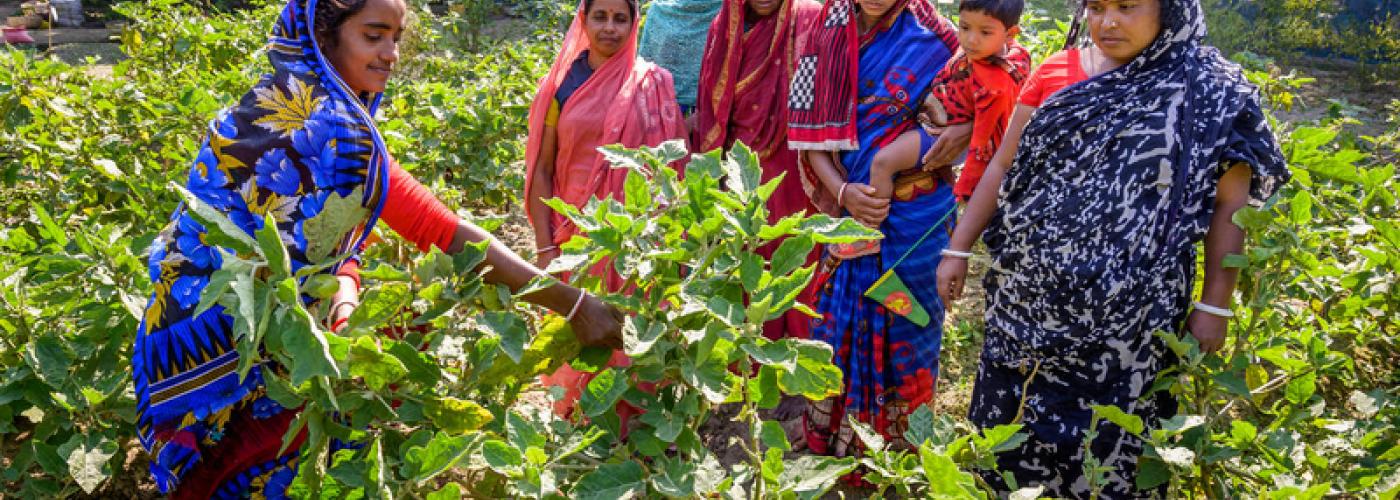Gender Implications of COVID-19 Outbreaks in Development and Humanitarian Settings
Image

This month, Marketlinks is highlighting the economic impacts of COVID-19. We welcome your submissions on this topic. This resource was originally posted on CARE.
Executive Summary
First detected in China’s Hubei Province in late December 2019, novel coronavirus 2019 (COVID-19) has since spread to 141 countries or regions, and health actors had confirmed more than 156,000 cases as of March 14. Numbers are expected to continue rising exponentially in the coming days, weeks, and months. Initial research indicates that older persons are most likely to suffer serious complications from COVID-19 and that men are more likely to experience high mortality rates than women, but this analysis may change as COVID-19 more data becomes available. Regardless, all vulnerable populations will experience COVID-19 outbreaks differently.
Until recently, the transmission of COVID-19 to developing countries or those experiencing ongoing humanitarian emergencies had been limited, but such transmission is now occurring. Development and humanitarian settings pose particular challenges for infectious disease prevention and control. Access constraints and poor health and sanitation infrastructure are obstacles to disease prevention and treatment under the best of circumstances; when coupled with gender inequality and, in some cases, insecurity, public health responses become immeasurably more complex.
For nearly 75 years, CARE has been working to address the root causes of suffering and to provide lifesaving humanitarian assistance to people in need. Operating in more than 100 countries, CARE focuses on women and girls because evidence shows that addressing gender equalities is key to effectively responding to crises and their underlying factors. For these reasons, CARE is deeply concerned about the implications that the spread of COVID-19 might have on women and girls in development and humanitarian settings. Informed by lessons learned from past public health emergencies, CARE’s analysis shows that COVID-19 outbreaks in development or humanitarian contexts could disproportionately affect women and girls in a number of ways, including adverse effects on their education, food security and nutrition, health, livelihoods, and protection. Even after the outbreak has been contained, women and girls may continue to suffer from ill-effects for years to come.
The full report and executive summary are available to read or download below.

